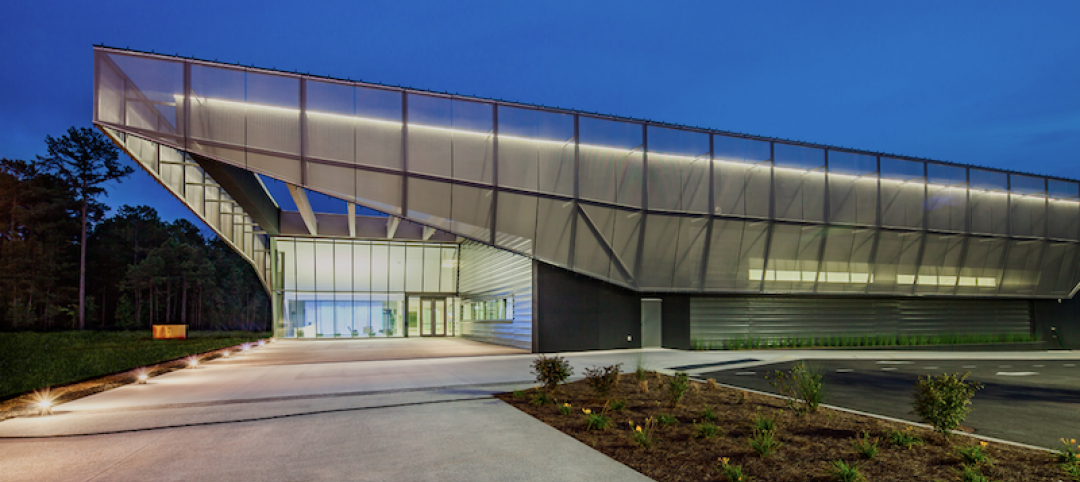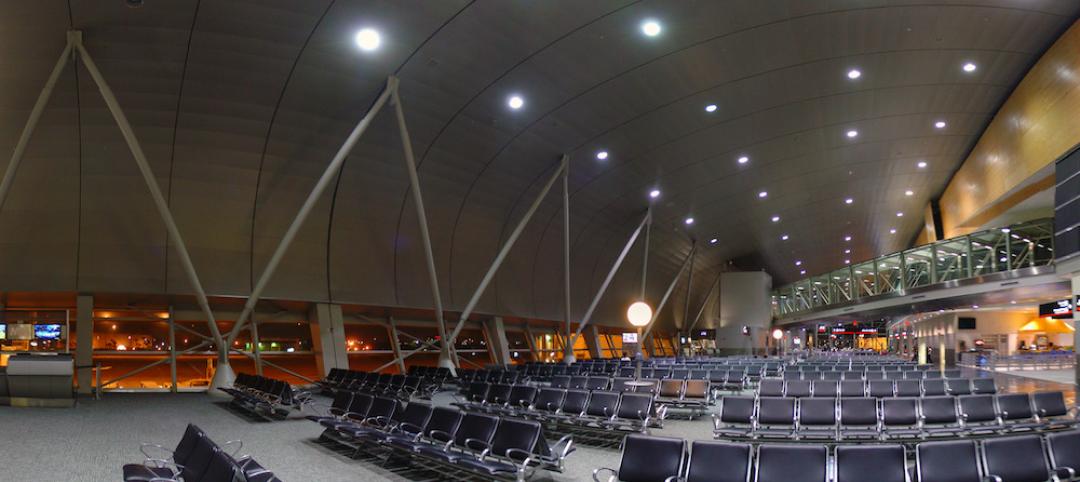The construction industry, whose workforce was decimated during the last recession, is slowly getting back on its feet. However, in certain markets—especially those where oil drilling and production have been prospering—construction workers can still be scarce.
Based on a survey of nearly 1,100 member firms in October, the Associated General Contractors of America (www.agc.org) reported that 83% of respondents were having difficulty finding craft workers, and 61% said other professional positions were hard to fill.
That being said, it appears employment pressures are easing. AGC’S analysis of data from the U.S. Bureau of Labor Statistics finds that construction employers added 12,000 jobs in October, dropping the industry’s unemployment rate to 6.4%, its lowest level since October 2006.
In fact, construction employment in October, at 6,095,000, was the highest it’s been since May 2009, with 231,000 jobs added over the last 12 months, a 3.9% gain.
Residential construction is driving the market’s employment, as 130,600 residential and specialty trade contractor jobs have been added over the past year, representing a 6% increase over the same period in the previous year. Jobs for nonresidential and specialty trades, and heavy and civil engineering, rose by 2.7%, or 99,800, over the past 12 months.
Ken Simonson, AGC’s chief economist, notes that all construction employees worked an average of 39.2 hours per week in October, tying the highest mark since the association has been tracking this data since March 2006. And wages have been rising at their fastest rate—2.6% in the past year—since early 2010.
Still, AGC sees uncertainty in the future construction employment picture, and is calling on government officials to enact measures that would make it easier for school districts, local associations and private companies to establish career and technical education programs.
The Association’s concerns about where the industry is going to find its next generation of labor stem, in part, from its research which shows that its members in the South are most likely to struggle with labor shortages, particularly places like Louisiana where pipeline, refinery, and petrochemical construction jobs have boomed.
That boom has been a double-edged sword, in that the oil industry is grappling to find qualified labor. A recent article posted on the website Industrial Info Resources quotes John Floren, CEO of Methanex, the world’s largest producer of methanol, who said that projected costs for two projects in Geismar, La., rose by $300 million, largely because of labor costs and productivity issues.
And if, as expected, oil-related projects ramp up, labor shortages in Gulf States could become more acute in 2016 and 2017, according to industry observers quoted by Industrial Info Resources.
Related Stories
| Aug 2, 2016
Top 130 Green Building Architecture Firms
Gensler, Stantec, and HOK top Building Design+Construction’s annual ranking of the nation’s largest green building sector architecture and A/E firms, as reported in the 2016 Giants 300 Report.
Architects | Aug 2, 2016
Bradley Lukanic named CannonDesign's CEO
In his new role, Lukanic takes helm of an experienced leadership team crafting and achieving optimal short- and long-term strategies and business outcomes
| Aug 1, 2016
K-12 SCHOOL GIANTS: In a new era of K-12 education, flexibility is crucial to design
Space flexibility is critical to classroom design. Spaces have to be adaptable, even allowing for drastic changes such as a doubling of classroom size.
| Jul 29, 2016
AIRPORT FACILITIES GIANTS: Airports binge on construction during busy year for travel
Terminal construction will grow by nearly $1 billion this year, and it will keep increasing. Airports are expanding and modernizing their facilities to keep passengers moving.
| Jul 29, 2016
Top 35 Airport Terminal Architecture and A/E Firms
Corgan, HOK, and Gensler top Building Design+Construction’s annual ranking of the nation’s largest airport terminal architecture and A/E firms, as reported in the 2016 Giants 300 Report.
Architects | Jul 28, 2016
Connecting the dots: Architecture and design in a changing world
What do Tesla, Airbnb and Amazon have in common? They’re all shifting the paradigm for quality of life and the built environment, as CallisonRTKL senior associate VP Jayson Lee explains.
| Jul 26, 2016
ENGINEERING GIANTS: Firms continue to push innovation
Trends include 3D printing, modular hospitals, and fluid dampers.
| Jul 26, 2016
Top 80 Architecture/Engineering firms
Stantec, HOK, and Callison RTKL once again top Building Design+Construction's 2016 ranking of the largest architecture/engineering firms in the United States.
| Jul 25, 2016
Top 35 Engineering/Architecture Firms
AECOM, Jacobs, and Thornton Tomasetti head Building Design+Construction's 2016 ranking of the largest engineering/architecture firms in the United States.
| Jul 25, 2016
Top 100 Architecture Firms
Gensler surpasses $1.1 billion in revenue, topping Building Design+Construction’s annual ranking of the nation’s largest architecture firms, as reported in the 2016 Giants 300 Report.

















